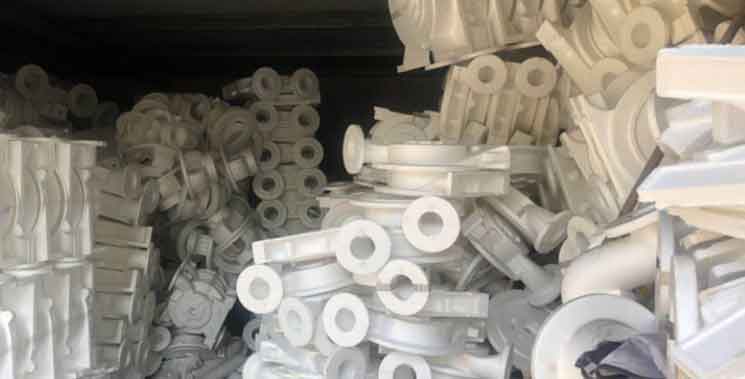
Lost foam casting holds significant potential for the future of manufacturing. As technology continues to advance and industries seek more efficient and sustainable manufacturing solutions, lost foam casting is poised to play a vital role. Here are some aspects highlighting the future potential of lost foam casting:
- Advanced Materials: Lost foam casting can adapt to the growing demand for advanced materials in various industries. As new materials with specific properties are developed, such as high-strength alloys, lightweight composites, or heat-resistant materials, lost foam casting can provide an efficient method for producing complex components with these advanced materials.
- Customization and Complexity: The future of manufacturing lies in customization and the ability to create highly complex and tailored components. Lost foam casting offers the flexibility to produce intricate and customized designs, meeting the growing demand for unique and high-performance parts in industries like aerospace, automotive, and medical.
- Integration with Additive Manufacturing: Combining lost foam casting with additive manufacturing (3D printing) technologies opens up new possibilities. Additive manufacturing can be used to create intricate foam patterns directly from digital designs, reducing lead times and enabling rapid iterations. These patterns can then be used in lost foam casting to produce the final metal components with enhanced design freedom and efficiency.
- Smart Manufacturing and Industry 4.0: Lost foam casting can be integrated into the concept of smart manufacturing and Industry 4.0 initiatives. By incorporating sensors, data analytics, and automation, the lost foam casting process can be optimized for real-time monitoring, quality control, and predictive maintenance, leading to increased productivity, reduced waste, and improved overall efficiency.
- Sustainability and Environmental Impact: The emphasis on sustainability in manufacturing is growing, and lost foam casting offers several environmental benefits. Its ability to minimize material waste, reduce energy consumption, and produce intricate designs without the need for additional machining contributes to a more sustainable manufacturing process.
- Process Optimization and Simulation: Advancements in simulation and process optimization tools enable manufacturers to fine-tune the lost foam casting process for better efficiency and quality. Virtual simulations can help optimize the design of foam patterns, predict filling and solidification behavior, and identify potential defects or issues before the actual casting takes place.
- Supply Chain Optimization: Lost foam casting can contribute to supply chain optimization by reducing the need for multiple components and assembly operations. By consolidating multiple parts into a single cast component, lost foam casting streamlines the supply chain, reduces inventory, and simplifies the assembly process.
- Integration of Artificial Intelligence (AI) and Machine Learning: The application of AI and machine learning algorithms can enhance process control, quality monitoring, and predictive maintenance in lost foam casting. These technologies can analyze real-time data, detect patterns, and make adjustments in the casting process to optimize productivity and quality.
Overall, the future of lost foam casting lies in its ability to provide efficient, cost-effective, and sustainable manufacturing solutions. The integration of advanced materials, customization capabilities, additive manufacturing, smart manufacturing concepts, sustainability initiatives, process optimization, and digital technologies will further unlock the potential of lost foam casting in meeting the evolving needs of various industries.
